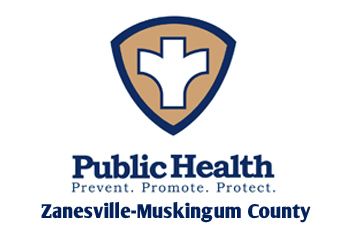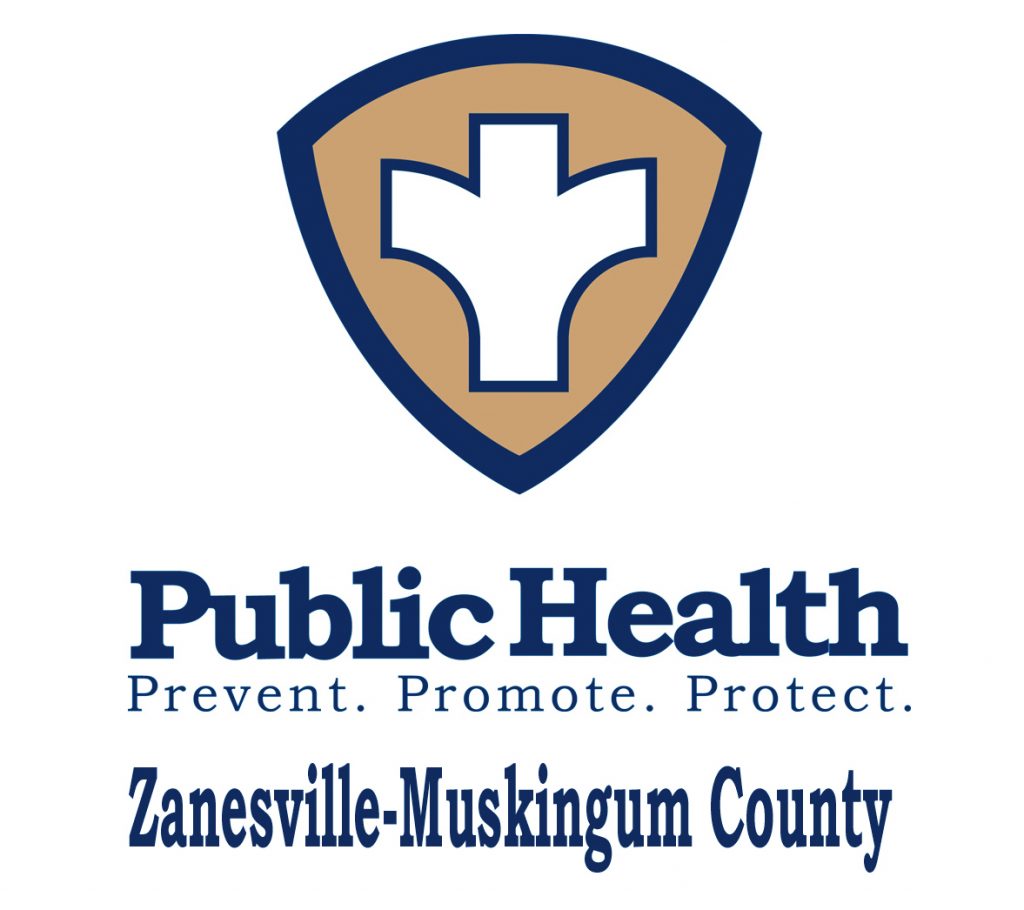April is Healthy Homes Awareness Month
People in the United States spend about half of every day inside their homes. The quality of our homes greatly impacts our health. A healthy home can support wellness, while preventing disease and injury. For more information about how to make your home healthy click here to read more from the Ohio Department of Health.
Why be concerned about lead?
Childhood lead poisoning is the most common chronic poisoning and environmental illness in United States. Lead poisoning is an elevation of the lead level in the body. It may cause damage to the brain and nervous system, behavior and learning problems, slowed growth, hearing problems, and headaches. Even at low levels elevated blood lead levels have been linked to a decrease in IQ. The Centers for Disease Control (CDC) has defined 5 microgram per deciliter as the reference level for lead poisoning. For more information about blood lead levels click here to read more from the CDC.
The Ohio Healthy Homes and Lead Poisoning Prevention Program (PHHLPPP) provides program funding, public and professional education, public health lead investigations, case management, data collection and analysis. The program assists family members, medical care providers and other community members to reduce and prevent lead poisoning. Click here to read more about the Ohio Department of Health Lead Program.
Funding is available to eliminate lead hazards
Lead Hazard Control Grant
In Fall 2015, the Ohio Department of Health’s Ohio Healthy Homes and Lead Poisoning Prevention Program (OHHLPP) was awarded more than $2.9 million from the U.S. Department of Housing and Urban Development (HUD) to perform lead-hazard control work on properties housing one or more children under six years of age. The grant is funded for three years. $300,000 in match funds is provided by the Ohio Housing Finance Agency and the Ohio Housing Trust Fund.
The grant enables OHHLPPP to conduct lead hazard control and healthy homes work in 18 Ohio counties (see map below). Specifically, the funds are used for the identification of lead hazards in units occupied by children who have been lead poisoned or are at-risk of becoming lead poisoned; the remediation of the lead hazards through appropriate control or abatement procedures; and, ancillary activities such as training, outreach, and casework.
For more information on whether you may qualify for this program, click here or contact Pam Blais at 614-728- 3105 or 614-877- LEADSAFE (532-3723) at the Ohio Department of Health.
HEPA Vacuum Loaner Program
ZMCHD and Ohio Department of Health (ODH) work together to make HEPA vacuums available for rent to county residents. Industrial HEPA (High Efficiency Particulate Air) vacuums are specifically designed to capture hazardous materials such as lead dust particles at 99.97% efficiency.
Cleaning of areas that may contain lead dust is important to prevent lead exposure in children. Invisible lead dust collects on windowsills, floors, toys, furniture, or even the fur of animals. From there, it can easily find its way into a child’s mouth through normal activities. Vacuuming with a HEPA design works to keep your home safe and healthy for your family.
The loaner program is a free service to Muskingum County residents, and a vacuum can be borrowed for up to a week. You must call ahead to reserve a vacuum. You must also provide a valid driver’s license or state ID and a home address (no P.O. boxes). The unit is to be used for dry household cleaning only and must be returned emptied and clean.
A DVD demonstrating the operation of the vacuum is provided to residents with each loaned vacuum.
To reserve a HEPA vacuum, contact the ZMCHD between 8 a.m. and 4:30 p.m. on Monday through Friday: 740-454- 9741 x 227.
Healthy Homes are
Happy Homes


